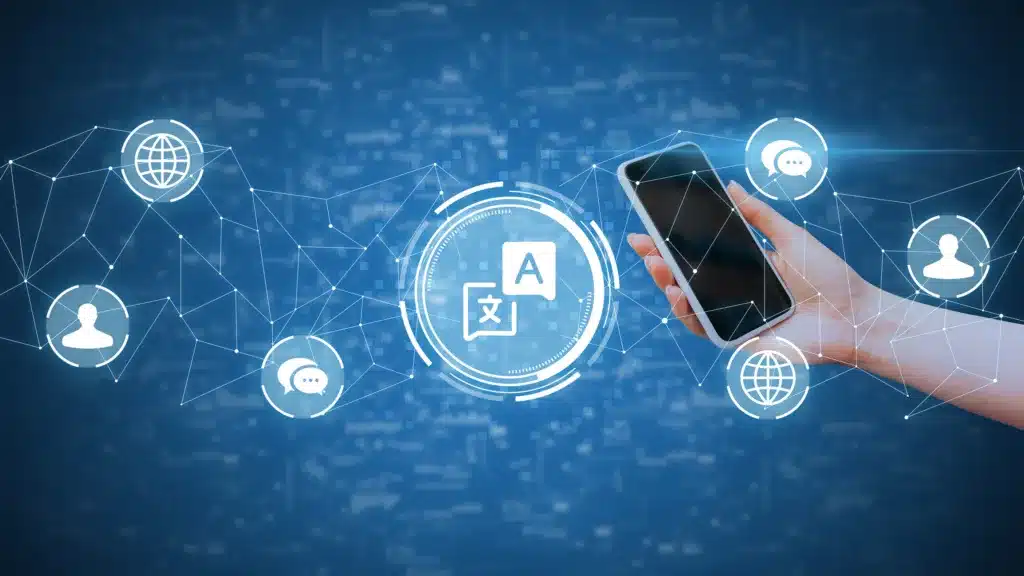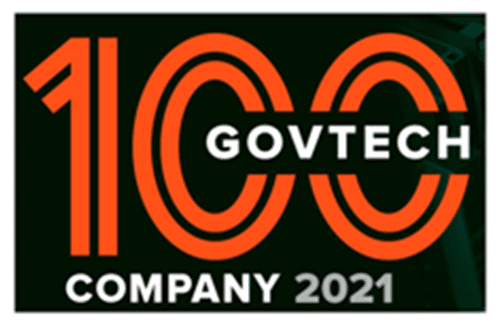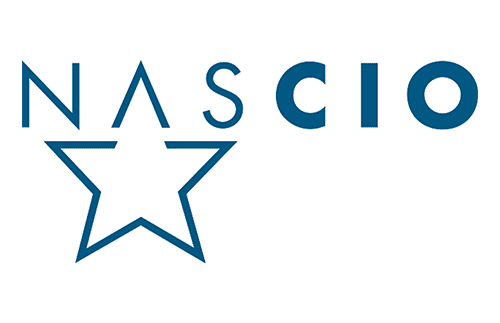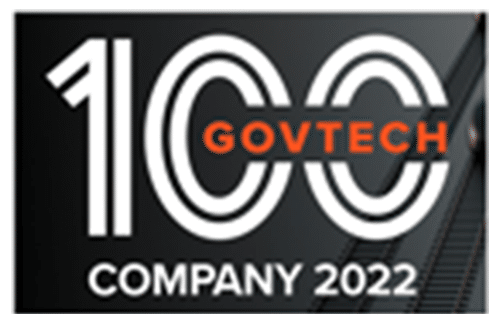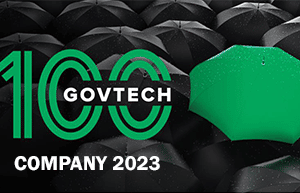One great argument in favor of goverment workflow automation? The next time you visit the local DMV or County Clerk’s office and find yourself standing in line, tapping your foot in impatience or frustration, remember that the people on the other side of that service counter are acutely, even painfully aware of the inefficiencies, mistakes, mis-routings and mis-filings that go on in government departments still using paper-based workflows.
When IDC surveyed 1,500 owners of document-based processes, they discovered how 58% of constituent-faced processes and 48% of back-office processes were driven by paper-based workflows. Only 36% of the study’s respondents thought these processes were efficient and effective.
You’ve got one advantage over those folks: After you’ve picked up your new license or permit, you can leave. They’re stuck there.
The Manual Process Morale Killer
Contrary to what some say about government employees – that they’re indifferent bureaucrats who are only in public service so they can enjoy civil service job security – the majority of them are just like the rest of us. They’re dedicated to their work, to their customers (a.k.a., their fellow citizens), and take pride in doing a good job.
When a clunky, error-prone process consistently gets in the way of that commitment, employee morale takes a hit. The tedium of endlessly-repeated, uninspiring tasks, and the operational glitches they contend with every day, would be enough to grind down any of us. The fact government employees in some antediluvian departments even show up in the morning is a tribute to their grit and dedication.
How Improving Their Lot Improves Governance
By putting paper-based processes out to pasture with government workflow automation, you free public service operations and employees from the burden of boredom that ultimate takes a toll on the communities they service. You remove the pain of the mundane, and bring joy back into the work environment.
Let’s walk through just some of the points in a public service process where transforming outmoded manual processes via government workflow automation makes a difference.
In a hypothetical burg we’ll call SimpliCity, a constituent wants to report how a vacant lot up their street has become overgrown and full of dumped junk.
- Our concerned citizen goes to the town’s website to use an online self-service form that guides them through the process of filling it out and submitting it for action. Already, we’ve spared town employees the problems of dealing with one more person waiting in line at Town Hall, or directing him or her to the right form. Plus, the digital form is error free, since it can’t be submitted until all fields are properly filled.
- Once submitted, the form is automatically routed to the right parties for review and approval. No mail carts or in-baskets required. Moreover, if more than one person needs to review the request, the workflow can be designed to automatically forward it to the next person in the review chain. The repetitious process of making workers manually route forms for approval, then chase down those approvals later, is eliminated.
- Automated notifications and reminders ensure everyone involved in a government workflow automation process knows when the request is ready for review, and prods them into action. They won’t sandbag on it, either, because the platform’s dashboard allows their managers to check on how timely each employee is being about doing their part of the job.
- The constituent, meanwhile, can receive a digital notification that their request is being handled, and even can be alerted when it’s been fulfilled.
- Once the cleanup request is approved, it can trigger another workflow directing a TAPtown Streets & Sanitation team to get to work.
- What if there’s a reason to later audit this process? It’s simple, since the entire workflow, including documents, has been automatically archived.
All that’s missing? Paper. Delays. Constituents standing in long lines tapping their anxious feet. More dead trees. Workplace tedium.
What’s gained?
For the caseworker dealing with 50 clients, for the maintenance chief who’d rather be out in the field, or for any worker who want to focus on work rather than paperwork, government workflow automation can change their experience of public service for the better.
That, of course, is great news for the public they serve.
GET A FREE DOWNLOAD OF A PRACTICAL GUIDE TO WORKFLOW FOR GOVERNMENT

